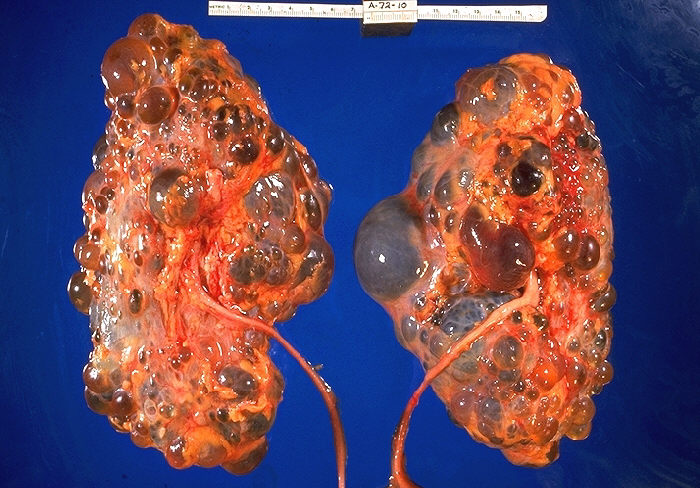Burns
Heat/ thermal injury: heat touching skin e.g. hot metal/ liquid, steam, flames, etc.
Electrical injury: current travels through and damages tissues.
Chemical injury: chemical corrosive touches the skin and damages it.
Radiation injury: prolonged exposure to radiation e.g. UV rays, X-rays
Friction: mechanical disruption of skin
Superficial burn: affects only the epidermis. Burn area is painful, erythematous, and blanches with pressure/ touch.
Superficial partial-thickness burn: affects the epidermis and superficial dermis. Burn area is painful, blanches with pressure/ touch, and has blebs or blisters.
Deep partial-thickness burn: affects the epidermis, superficial dermis and deep dermis. Burn area has reduced sensation, and hair follicles in the area are lost/ damaged.
Full-thickness burn: affects the epidermis, dermis and the subcutaneous fat. Burn area feels leathery and has no sensation.
Deep burn (4th degree burn): affects epidermis, dermis, subcutaneous fat and underlying muscle or bone.
Zone of coagulation: this is the center of the burn, and has maximal injury that is irreversible. The proteins in this zone become coagulated.
Zone of stasis: this is the second zone which surrounds the zone of coagulation and the tissue injured may be salvaged. This region has poor perfusion.
Zone of hyperemia: this is the periphery of the burn, and it usually recovers. This area has more blood flow and less tissue injury.
The goal is to avoid infection and further injury in the burn area to save/ reduce injury in the zone of stasis and zone of hyperemia.
The “rules of nines” allows for quick estimation of the total burn surface area (TBSA). 11 areas are each given 9% with TBSA total of 99%.
Entire head & neck = 9
Right arm = 9
Left arm = 9
Lower half of torso (front) = 9
Lower half of torso (back) = 9
Upper half of torso (front) = 9
Upper half of torso (back) = 9
Anterior of left leg = 9
Posterior of left leg = 9
Anterior of right leg = 9
Posterior of right leg = 9
The Parkland formula is used to calculate the amount of fluids that should be given during resuscitation.
4 mL/kg body weight x % burn area
This is given in 24 hours with 50% given in the first 8 hours and the rest given over the next 16 hours.
Typically lactated Ringer’s solution is used because it results in less hypercholermic metabolic acidosis compared to normal saline.
Fluids can then be continued to be given using the following formula:
0.3 to 0.5 mL/kg x % burn area over 24 hours

